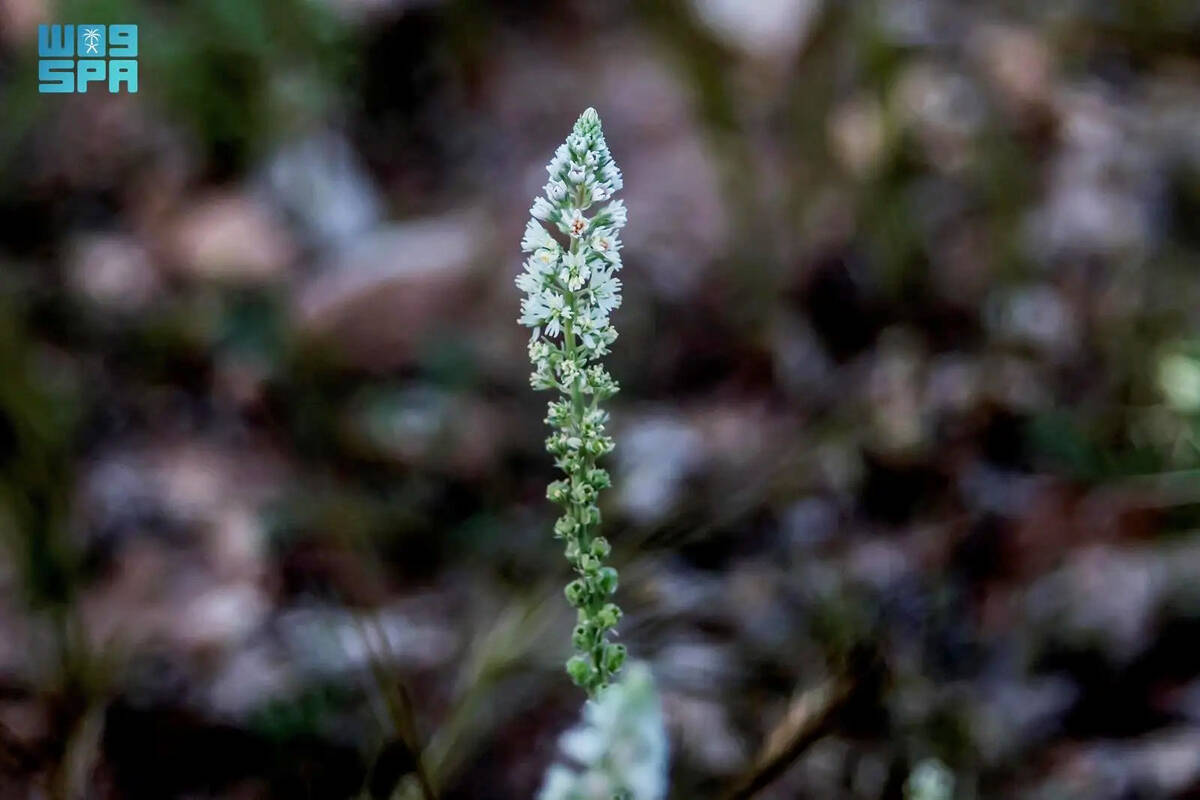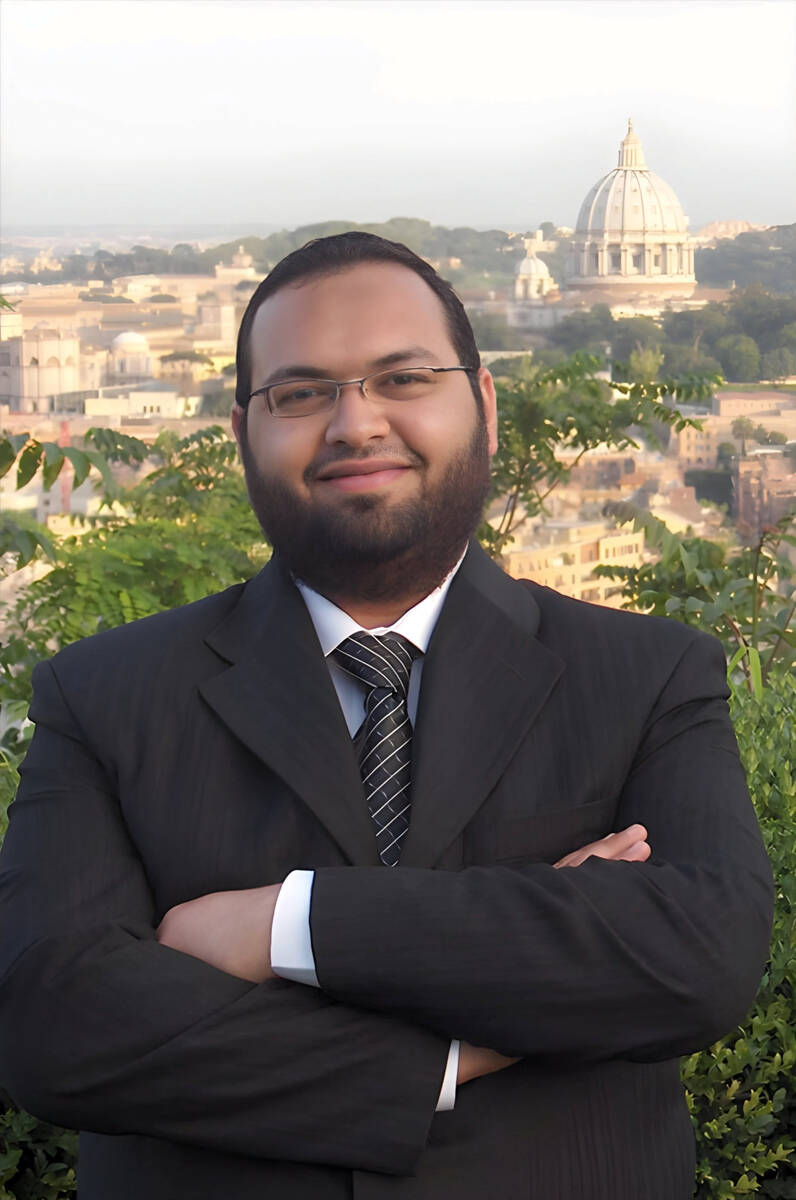JEDDAH: Saudi Arabia, represented by the Saudi Wildlife Authority, is taking part in the celebration of International Day of Migratory Birds, which this year is dedicated to the theme: “To Unite our Voices for the Conservation of Migratory Birds.”
Deputy Chairman of the Saudi Wildlife Authority Dr. Hani Tatwani said the participation of the commission for the second time this year in carrying out various activities along the main migration routes aims to highlight the efforts and achievements of the Saudi government to preserve wildlife and its natural environments. Tatwani added that the ban on hunting of migratory birds is still in place to avoid the risk of spreading bird flu.
In accordance with international agreements, the Saudi government instructed the authority to cooperate and coordinate with the regional governorates and the Border Guards to protect the areas of importance for biodiversity and migratory birds’ paths, which cross the Kingdom during the migration seasons. Tatwani pointed out that human threats, such as unlawful killing, overhunting, poisoning, illegal trade, degradation of natural environments and some industrial and urban projects, along with other pressures such as climate change and loss of natural habitats, have adversely affected migratory birds, especially globally threatened species and influenced the nesting of birds and their natural habitats.
“The recent upsurge in illegal activities has threatened many species of birds with extinction. Saudi Arabia is at the heart of the migration path of thousands of migratory birds between the three continents of Asia, Europe and Africa, and the diverse environments in the Kingdom are vital sites to provide the necessary energy to complete their life cycle through their migration to their winter areas and return to their breeding grounds in the north,” he said.
The vice chairman of the Saudi Wildlife Authority said it had formed a mobile protection force for migratory birds in the Kingdom, starting at the Arabian Gulf coast and covering the Red Sea coast, in accordance with the Wildlife Authority’s decision to ban hunting in the coastal strip on all Saudi coasts.
The Eastern Region coast was the starting point of this force, where the protection force was formed from the observers of the protected areas, covering the Arabian Gulf coast from the port of Batha to Khafji.
The importance of the Eastern region is due to its location within the migration routes of birds throughout the year, and it is characterized by the existence of important sites for birds, according to the classification of BirdLife International.
Tatwani confirmed that the Authority has set up protection patrols along the coast of the Kingdom on the Arabian Gulf in the Eastern Region for several years. 
A temporary main center was established in the area of Al-Uqair, which is important as a transit area for migratory birds.
Al-Jubail Nature Reserve also formed regular patrols due to its importance for many local and migratory species in the area, such as Houbaras, curlew birds, Falcons and other birds of prey and water birds. The Jubail Nature Reserve in the Arabian Gulf offers is also important for the protection of many migratory and local species as it includes a number of bays and islands which are of great importance to all kinds of birds in the Arabian Gulf.
Tatwani pointed out that the first phase of a program aimed at monitoring and tracking the hunting of birds in the area of Makkah started at the beginning of this Hijri year 1440 AH in coordination with relevant bodies in the region.
The Authority also established centers for the teams of the protection force. It will extend to cover the Red Sea coast to change illegal hunting practices in these areas and to enforce national and international regulations to reduce the killing of large numbers of migratory birds.
Tatwani revealed that the protection teams were able to reduce the number of violations that were practiced in the past years in those areas, especially the use of pneumatic rifles in hunting violations, and reduced the use of hawks to hunt Houbara birds. They also managed to make these areas safer for the transit and rest of migratory birds during the autumn migration season, where there was a steady increase in the number of migratory birds.
The region in general also benefited from the prosperity of plant and animal biodiversity, including rabbits, jerboas and other animals. Tatwani stressed the need to cover the return journey, increase and support the human and material potential and raise the number of protection centers in the coming years, as well as generalize the experience on the migration routes on the Red Sea coast.
Tatwani appealed to the authorities and citizens to cooperate for the full implementation of environmental regulations and legislation, including the system of hunting animals and wild birds throughout the Kingdom, intensifying environmental awareness programs and installing awareness boards at important sites on migration routes.
Tatwani noted that there is a clear movement from Saudis who are interested in preserving the wildlife through social media to demand the cessation of violations of hunting regulations to preserve the heritage of the homeland.
































